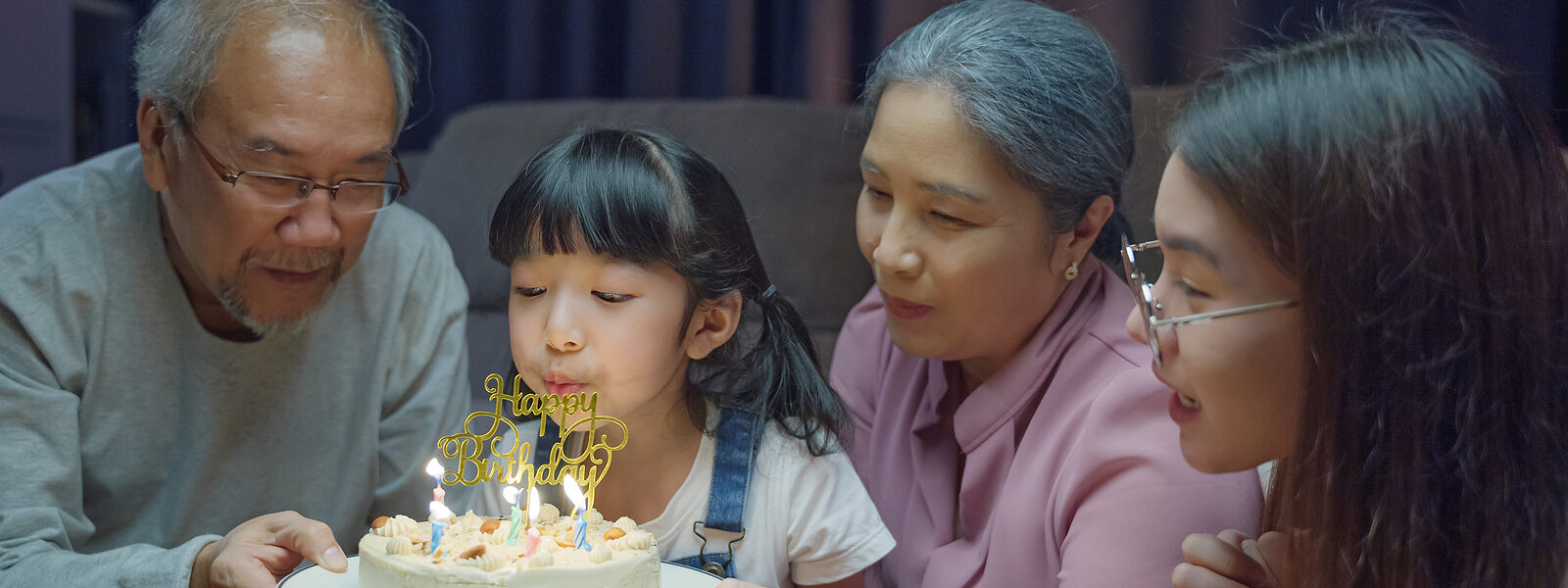“It wasn’t an option.” Four simple words that perfectly sum up what it means to be a kinship caregiver.
I recently had the opportunity to talk with Tom and Teresa of Garner, NC about what kept them going as kinship caregivers when things got tough, draining, and seemingly like too much to handle.
They almost in unison told me when they had the opportunity to become licensed kinship caregivers for their teenage niece, “it wasn’t an option.” They were going to do what they needed to so their niece would live with them and not go to a stranger’s home.
Of course, being a kinship caregiver is much different than being a traditional foster parent. Tom and Teresa already had a close relationship with their niece and had known her for her whole life. A clear advantage to kinship care. They knew about her likes, dislikes, temperament, and history. That by no means meant it was easy though.
Going from the fun aunt and uncle to the primary caregiver of a family member who was gone through extreme trauma was a major and challenging shift. Their niece came with mental health issues, guilt, shame, and confusion. The family dynamics also changed. Tom and Teresa shared that one day they were being thanked by their niece’s parents for caring for her, and the next they were accused of “taking their daughter.” A different and difficult component of kinship care.
Tom and Teresa told me “it wasn’t an option” because they knew how difficult life would be for their niece if she entered foster care and was placed with strangers. She was very withdrawn, had suicidal ideations, and had a hard time attaching to people. “She would have been moved multiple, multiple times,” Tom said. With all the challenges they laid out before me I asked the simple question of “what kept you from giving up?” They gave me a simple answer back: “Support.”
It was their licensing agency, Methodist Home for Children. It was their very engaged and involved Guardian ad Litem. It was the therapist who was a perfect fit (it took a few tries of finding the right one). It was the training they received to help them better understand their nieces trauma and how that impacted them as her caregivers. It was the rest of the family rallying behind them, and it was their own perseverance.
Tom and Teresa’s niece recently turned 16 and their adoption has been finalized. An official shift from“aunt and uncle”to“mom and dad.”That’s how their niece introduces them to people now, and she’s proud to do so. At a recent parent-teacher conference at school she shared how happy it made her to be able to introduce people to her “mom and dad.” Simple things we take for granted mean everything to her.
We know that youth in kinship care tend to have better outcomes than youth placed in traditional foster care (Casey Family Programs, 2020). Another reason Tom and Teresa knew “it wasn’t an option.” I could hear the pride in their voices as they told me about all of the progress their niece has made. She feels both physically and psychologically safe in their home. She doesn’t have to worry about being hurt, and if there is an argument, good feelings are quickly restored. She’s gaining confidence, she is coming to peace with her past through hard work at therapy, and has a safe and stable home. Tom and Teresa also marvel about their own personal growth through this experience.
All of the kinship caregivers I’ve had the pleasure of meeting are all extremely strong-willed people. They step up. They will tell you that “family takes care of family.” They’ll also all tell you they need strong support systems put in place. Kinship caregivers shouldn’t feel isolated and alone. They need effective supports to be successful and thrive. It’s not an option.
Casey Family Programs (2020, August). To learn more you can visit www.casey.org
Benefits of Kinship Care
A systematic review of more than 100 studies found that when compared with children in non-relative foster care, children in kinship care have:
- More stability in placement and greater likelihood of remaining with siblings.
- Lower rates of both re-abuse and institutional abuse.
- Better behavioral and mental health, exhibited by fewer internalizing and externalizing behaviors, better adaptive behaviors, fewer psychiatric disorders, and better emotional health.
- Higher likelihood of achieving permanency through guardianship with their relative caregivers to maintain life- long connections with their family if they are unable to safely return home.


